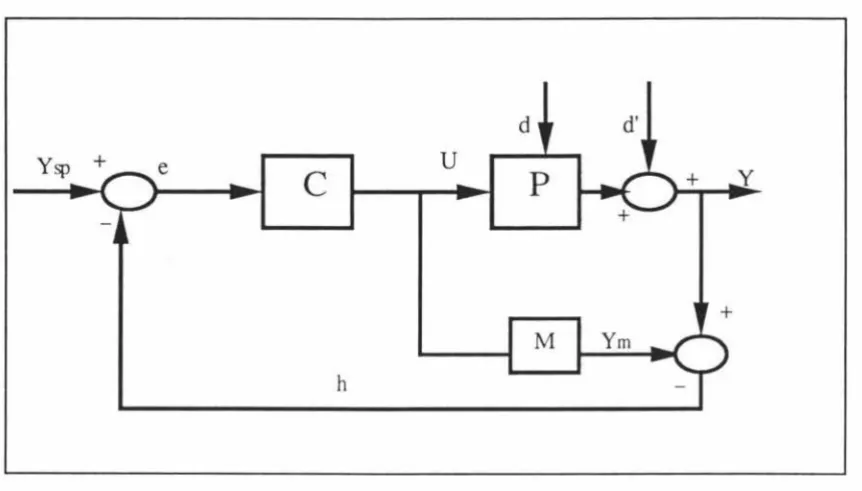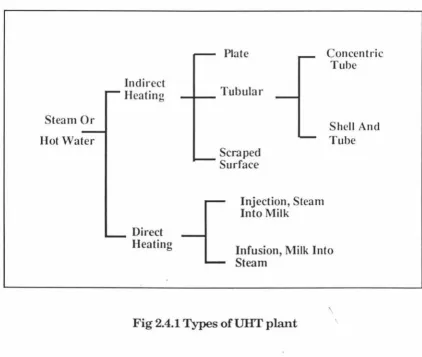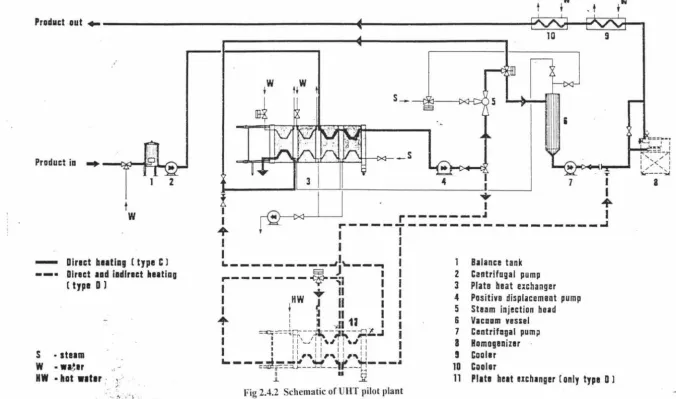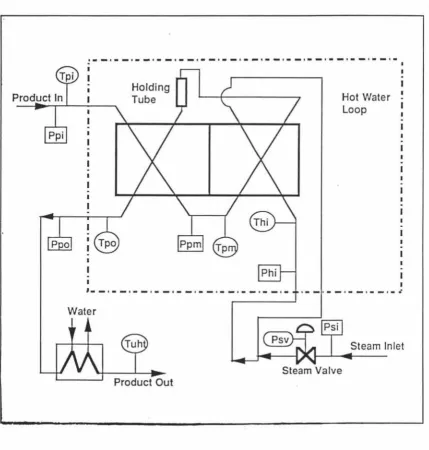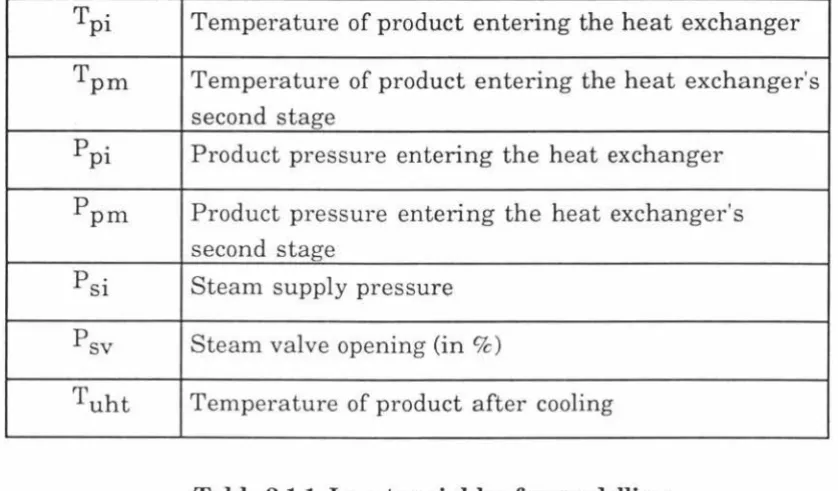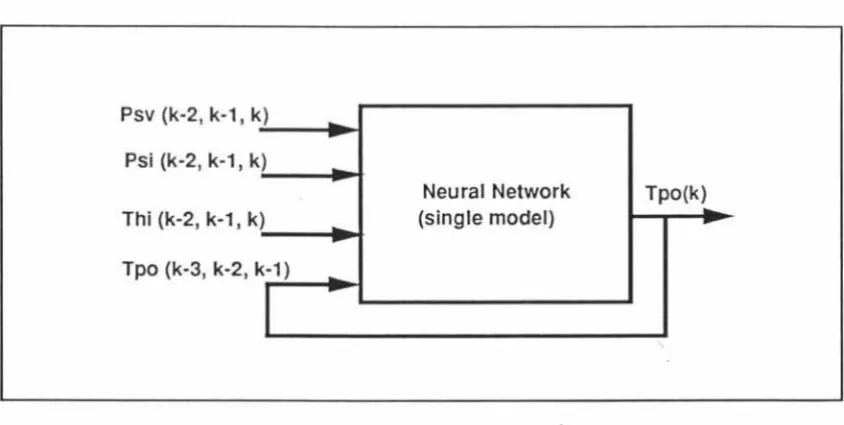Neural network model predictive control of a ultra high temperature milk treatment plant : a thesis presented in partial fulfilment of the requirements for the degree of Master of Technology in Engineering and Automation at Massey University
Full text
Figure
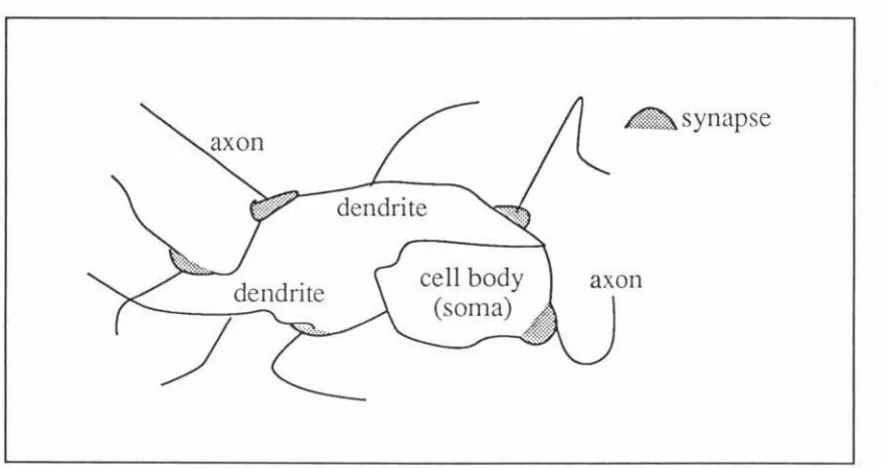
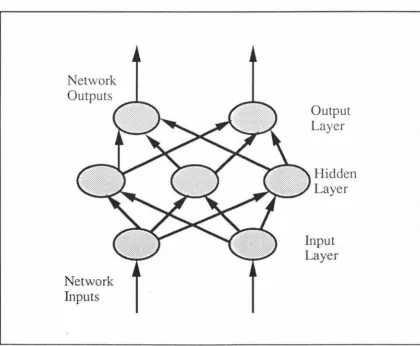
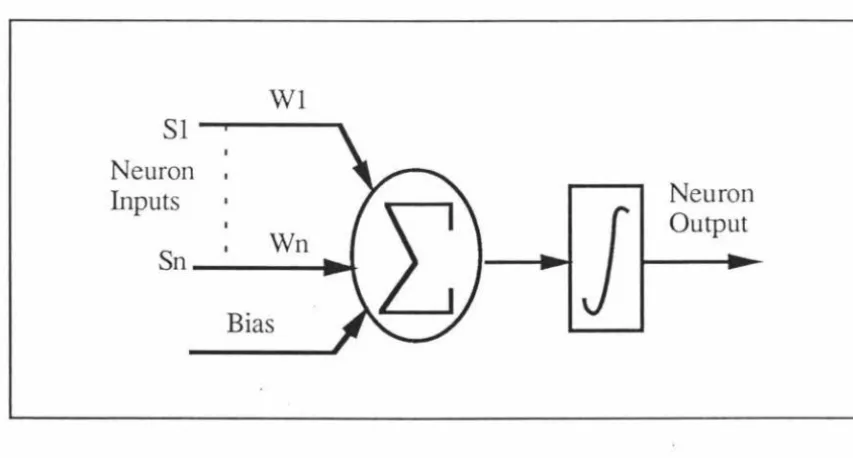
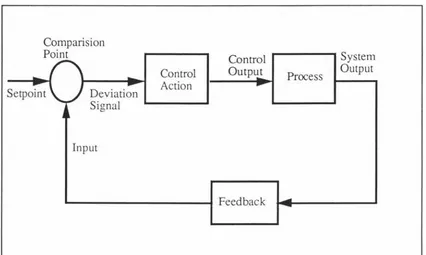
Related documents
CNV: Copy number variation; COPD: Chronic obstructive pulmonary disease; DHS: DNase I hypersensitive site; eQTL: Expression quantitative trait locus; G × E:
Pertaining to the secondary hypothesis, part 1, whether citalopram administration could raise ACTH levels in both alcohol-dependent patients and controls, no significant
The use of sodium polyacrylate in concrete as a super absorbent polymer has promising potential to increase numerous concrete properties, including concrete
In this article, we investigate the meromorphic solutions of certain non-linear difference equations using Tumura-Clunie theorem and also provide examples which satisfy our
Last year the Association initiated a num- ben of study groups in both university and nonuniversity settings “to critically assess research in accidents related to children.” In
Comparison of weight gain, specific growth rate and total length of shirbot, Barbus grypus larvae between experimental treatments after 21 days
Sensory characteristics Colour differences among ice cream samples with different levels of pulse protein concentrate substitution was observed by instrumental
The recent response to the quixotic trait locus land- scape is the catch phrase ‘‘systems biology.’’ But long before their molecular nature was known, leading biologists said
